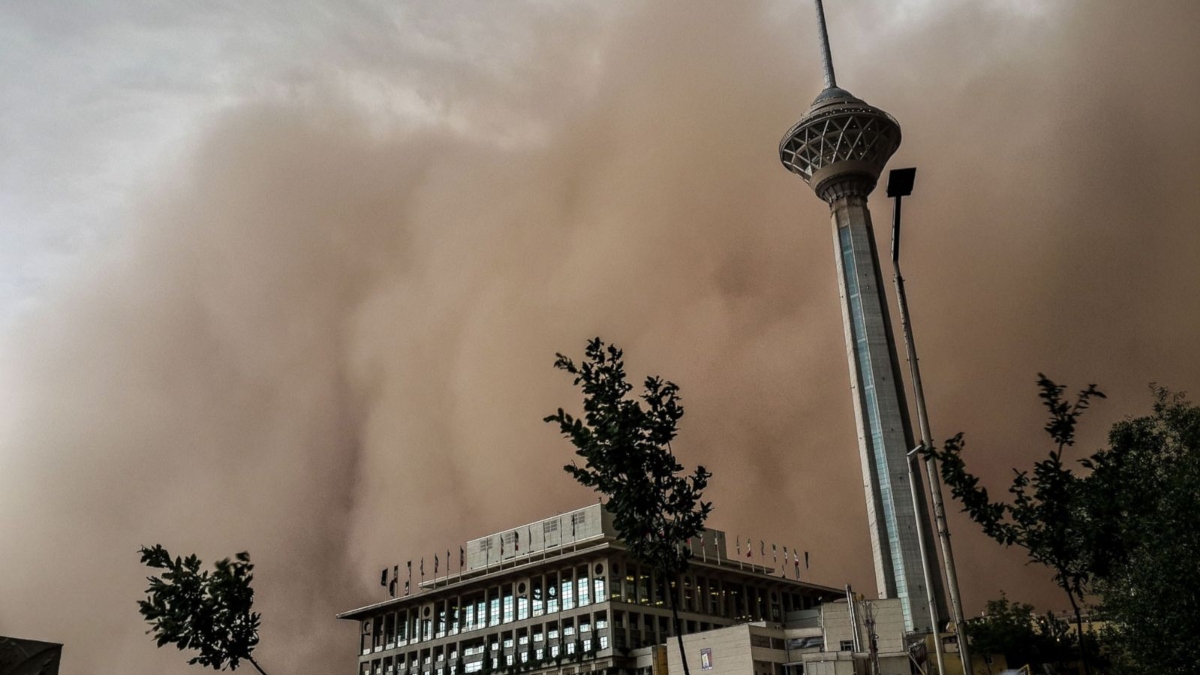In recent weeks, escalating dust storms in south-eastern Iran have resulted in over 2,000 people seeking medical treatment across five cities in Sistan and Baluchestan province.
Majid Mohebi, the director general of the provincial Crisis Management Office, disclosed this information to the state news agency, Irna, on Sunday. Currently, more than 130 people remain hospitalized, predominantly for respiratory, heart, and eye issues.
Dust storms have become increasingly prevalent in Iran, witnessing a significant rise over the past two decades and causing detrimental effects to both agriculture and infrastructure. Recent storms have claimed three lives in the country’s south-east, primarily due to reduced visibility.
Studies indicate that, besides respiratory problems, these storms can also instigate strokes and various forms of meningitis due to deteriorating air quality. With climate change fostering more dust storms across the Middle East, researchers in the UAE have cautioned about the potential disastrous consequences on human health.
In response to the reduced visibility caused by the dust, authorities are on standby to assist motorists. Moreover, schools and offices in the affected province remained closed this weekend, marking the onset of the academic year.
Iran, already grappling with the challenges of climate change, deforestation, and widespread drought, remains highly susceptible to the devastating impacts of such natural phenomena. The Iran Meteorological Organisation has estimated that a staggering 97% of the country is confronted with some level of drought. Furthermore, cities along the Caspian Sea experienced heavy flooding last week, with Astara recording its highest rainfall in a century.
Last month, officials reported that at least 1,000 individuals were hospitalized due to dust storms and elevated temperatures. The rising frequency and intensity of these weather events highlight the escalating environmental challenges Iran faces, underscored by the flash floods last year that claimed almost 100 lives and affected 21 out of 31 provinces.






